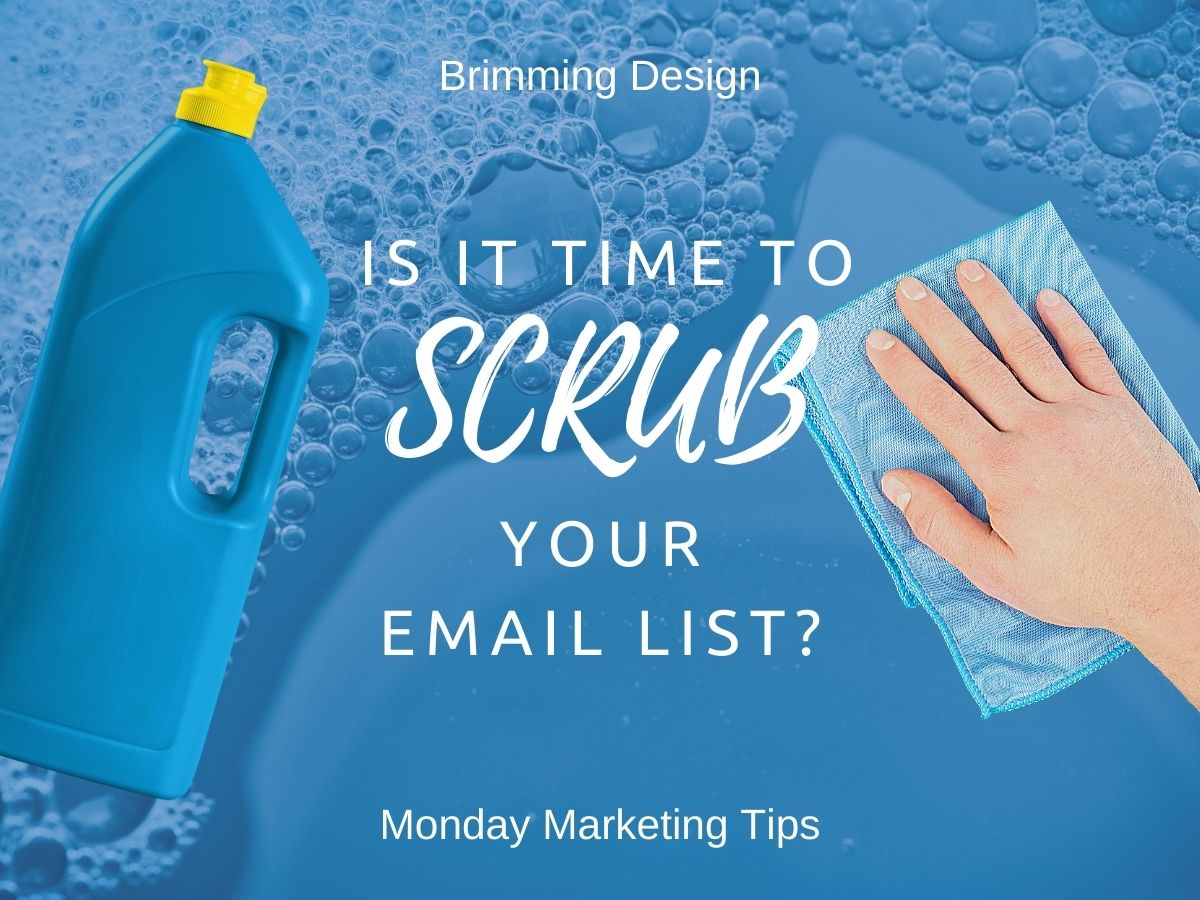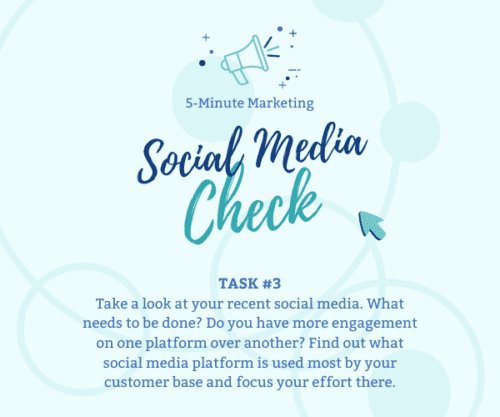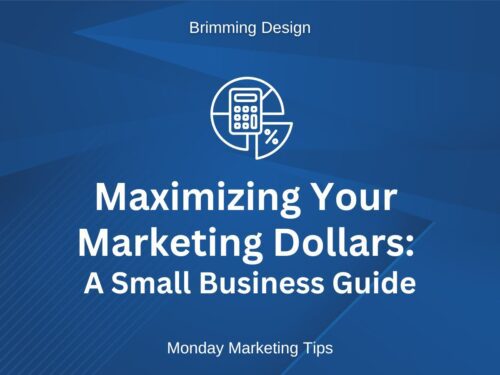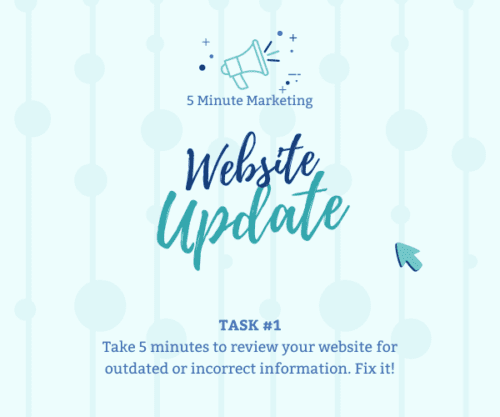When and why do you need to scrub your email list?
If your open rate is dropping, you have a reduced click-through rate, or your unsubscribes are picking up, it may be time to scrub your email list. Spam complaints are also a sign that your email list needs a scrub. Typically, lists are scrubbed quarterly or semi-annually.
Cleaning your email list helps you target only interested readers, get better results, and provides more accurate email statistics. Email providers like Yahoo and Gmail log spam complaints, unsubscribes, and bounce s. If complaints increase, they may start flagging your emails and sending them straight to spam, skipping the inbox. This spam judgment will be for all your emails, not just your group emails. Find data about your emails in the reports area of your bulk email website.
Before you scrub the list, rescue what you can.
- Fix the bounces. “soft bounces” indicate a temporary issue that you cannot control. However, “hard bounces” (permanent error) should be deleted or corrected. Sometimes the reason is a simple typo in the address or a recent address change. Your email provider may automatically remove hard bounces (like Mail Chimp) or suspend them temporarily (like Constant Contact). Edit or repair what you can.
- Try to re-engage your inactive subscribers with a separate campaign. Check the emailer’s ‘Help’ for instructions on how to create a segmented list. –Try a fresh approach to recapture their interest.
–Offer an incentive or gift
–Ask them what they would like to see in future emails (perhaps with a survey)
After you have corrected and tried to re-engage, it is time to scrub!
By deleting or archiving the lapsed members, you keep your list on point and possibly reduce your fees if you pay by list size. For more ideas, read this helpful article on scrubbing your list.




